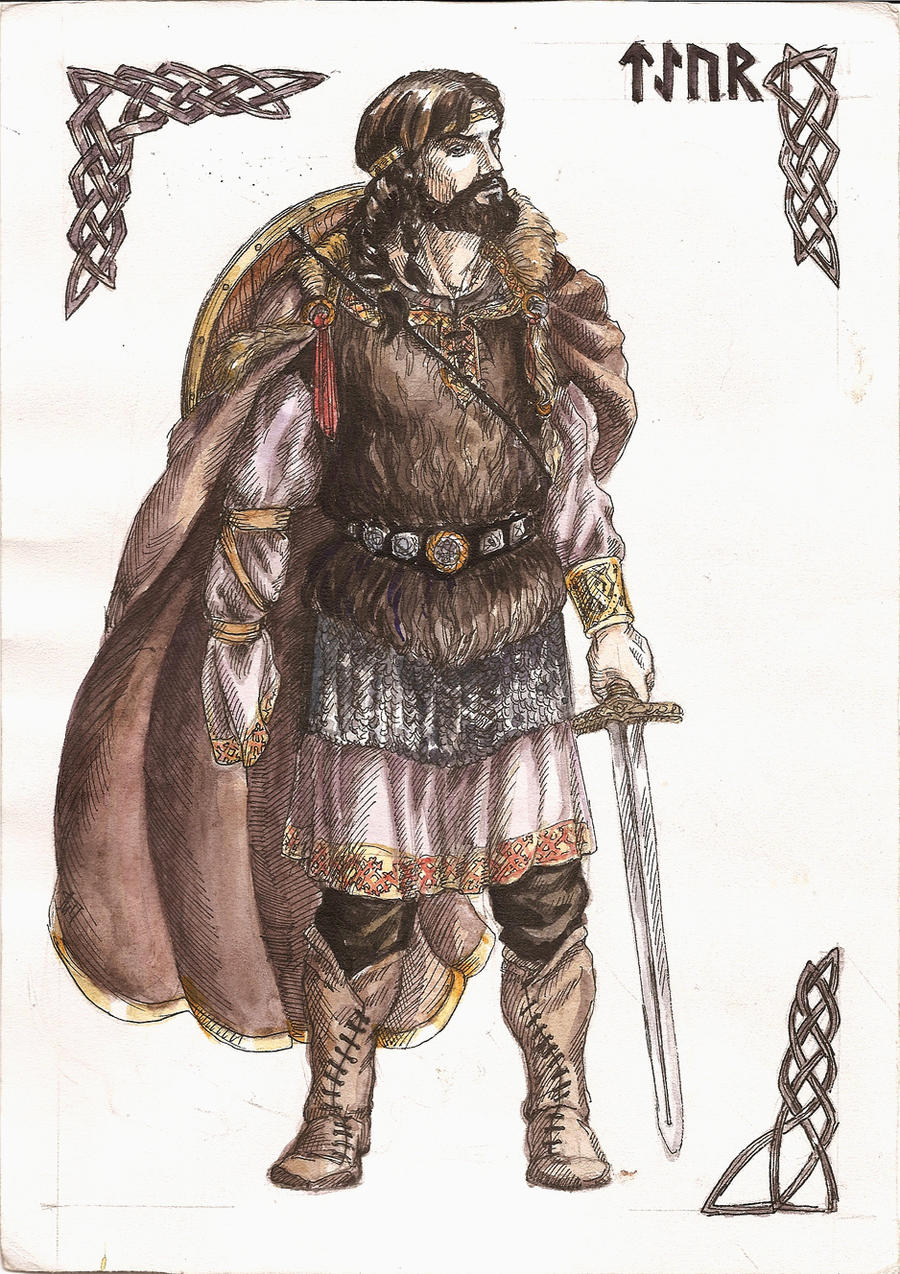Hallo, reader!
As I mentioned last week, I sprained my
hand and have been wearing a brace. I'm right-handed, so not being
able to use it has been quite a challenge for me. Around the time
the injury occurred, I was watching season three of Game of
Thrones...and this happened:
It got me to thinking about heroes who
lose hands. It's not an uncommon theme, particularly in fantasy and
science fiction. A hero who has talent with a blade loses a hand or
an arm, and must overcome the difficulties to continue their quest.
You see it with Jaime in Game of Thrones; with Tenel Ka, one of my
favorite characters from the Star Wars books, who loses most of one
arm; with Luke in Return of the Jedi, at the hands of his father.
Lindsey in Angel has a hilariously evil replacement hand. Wormtail
in Harry Potter sacrifices his own hand for Voldemort, and is
rewarded with a magical one in return. Let us not forget Captain Hook, or his more
likeable persona, Killian Jones. Ash in the Evil Dead series replaces his missing digits with a chainsaw (it seems the most logical choice). The list goes on and on.
But why is this particular appendage so
frequently lost? Well, it does make the most sense from a writer's
point of view. Losing a foot or a leg would be equally dramatic, but
would leave the hero at a severe disadvantage (unless they got an
especially good prosthetic, a la John Kennex in Almost Human (or are
rocking a peg leg, like Captain Barbossa)). So leg loss does occur,
but far less frequently than hands. Loss of fingers is another
option; take Captain Davos in Game of Thrones, or Frodo in Lord of
the Rings. Still, losing a few fingers is far less dramatic than
losing an entire hand. Eyes are another option, and are sometimes
lost – for instance, Nick Fury in Marvel, or Odin in Norse
mythology.
'tis but a flesh wound!
And it is to Norse mythology that I now
turn, because I believe one specific character is part of the reason
why losing hands is such a popular fantasy trope.
Enter Tyr, god of valour, courage, and
(sadly) oathbreaking. (The more I look into this, the more I realize
just how much Jaime Lannister was inspired by Tyr!) He's mostly
known as a warrior deity associated with victory.
Tyr begins the myths as a mighty
warrior still in possession of both his hands. Then, everything
changes when the giant wolf known as Fenrir attacks. Fenrir, also
called the Fenris Wolf, is a giant wolf. He's also one of the
children of Loki, along with Jormungandr, the snake who wraps around
the world, and Hel, goddess of...well, Hel. Charming bunch, right?
Much like his siblings, Fenrir is known
to the gods as a bringer of great evil. He's tied to various
prophecies about Ragnarok, the Doom of the Gods. Knowing this, the
gods cast Loki's spawn into various prisons. Hel is banished to Hel,
Jormungandr devours his tail as he encircles the world...and Fenrir
is brought back to the home of the gods.
There, seeing how strong the wolf grows
daily, the gods realize that they have to bind him. A mighty link of
chains is forged. They approach Fenrir with the fetter, and offer
the wolf a challenge. They have heard that he is strong and mighty –
is he powerful enough to break through the chains?
Unfortunately, Fenrir inherited his
cunning from his father, the Trickster. He knows his own strength,
and is confident that he can break the bonds. The wolf allows the
gods to bind him, and then effortlessly breaks through his bonds.
The gods were horrified, and more
determined than ever to chain Fenrir. The best of their smiths were
able to forge a chain twice as strong as the first. Again the gods
challenged Fenrir. Again the wolf deemed the chain susceptible to
his great strength. And, again...the bonds were shattered.
Their own abilities already at their
limits, the gods turned to others for help. A commission was given
to the dwarves, who wrought a chain of their own from six
ingredients. Yet these bonds were unlike the others – instead of
metal, it was made of the lightest silk.
When the gods brought the silken cord
before Fenrir, the wolf suspected trickery. He agreed to allow the
gods to bind him, but only if one of the gods was offered as
collateral. Tyr agreed to place his hand in the mouth of Fenrir. If
the gods' challenge was in good faith, then no harm would come to the
god. However, if Fenrir was unable to free himself, and if the gods
left him bound...well, one of their mightiest warriors
would be down a hand.
Tyr
agreed to this deal, knowing full well what the outcome would be.
The gods bound Fenrir with the silken chains. The wolf shook and
pulled, heaved and fought – but he could not break free.
The
gods did not help him. In vengeance, he bit off the hand of Tyr.
And so Tyr became the god of perjury, among his other titles.
But
the story does not end there, dear readers. Norse mythology is full
of foreshadowing, and every little thing turns out to have meaning in
the end. When Ragnarok arrives, Fenrir shall at last have grown
strong enough to escape his bonds. He shall meet Odin on the
battlefield – and there, he shall kill him.
And
what of Tyr? Though a mighty warrior, the god is weakened by the
loss of his hand. He shall fight in Ragnarok, but ultimately fall.
The loss of his hand will prove too great of an obstacle for him to
overcome.
So
what do you guys think? Is Tyr the first in the long line of the
handless-hero tradition? Which hero is your favorite?






No comments:
Post a Comment